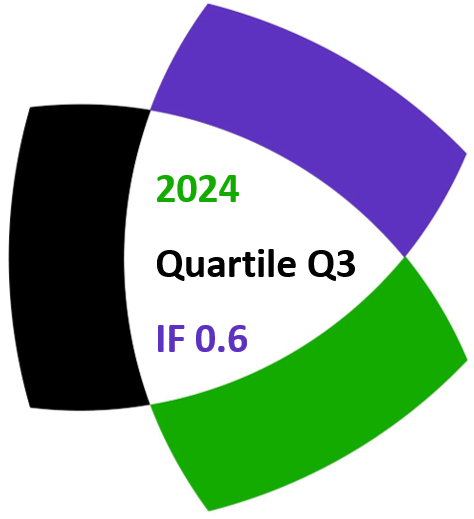Farzali Izadi and Arman Shamsi Zargar
Notes on Number Theory and Discrete Mathematics, ISSN 1310–5132
Volume 20, 2014, Number 5, Pages 20–24
Full paper (PDF, 154 Kb)
Details
Authors and affiliations
Farzali Izadi ![]()
Department of Pure Mathematics, Azarbaijan Shahid Madani University
Tabriz 53751-71379, Iran
Arman Shamsi Zargar ![]()
Department of Pure Mathematics, Azarbaijan Shahid Madani University
Tabriz 53751-71379, Iran
Abstract
In this note, we study the diagonal nonhomogeneous symmetric Diophantine equation of the title, and show that when a solution has been found, a series of other solutions can be derived. This shows that difference of quintics equals difference of cubics for infinitely many integers. We do so using a method involving elliptic curves, which makes it possible to naturally find any solution in a matter of minutes.
Keywords
- Diophantine equation
- Elliptic curve
AMS Classification
- 11D25
- 11G05
References
- Bremner, A., Bremner, A., M. Ulas, On xa ± yb ± zc ± wd =0, 1/a+1/b+1/c+1/d=1, Int. J. Number Theory, Vol. 7, 2011, 2081–2090
- Choudhry, A, Symmetric Diophantine equations, Rocky Mountain J. Math. , Vol. 34, 2004, 1281–1298.
- Dickson, L. E., History of the Theory of Numbers II, Chelsea Publishing Company, New York, 1920.
- Sage software, Version 4.5.3, http://www.sagemath.org
- Washington, L. C., Elliptic Curves: Number Theory and Cryptography, 2nd ed., CRC Press, Taylor & Francis Group, Boca Raton, FL, 2008.
Related papers
Cite this paper
Izadi, F. & A. S. Zargar. (2014). On integer solutions of A5 + B3 = C5 + D3 Notes on Number Theory and Discrete Mathematics, 20(5), 20-24.


